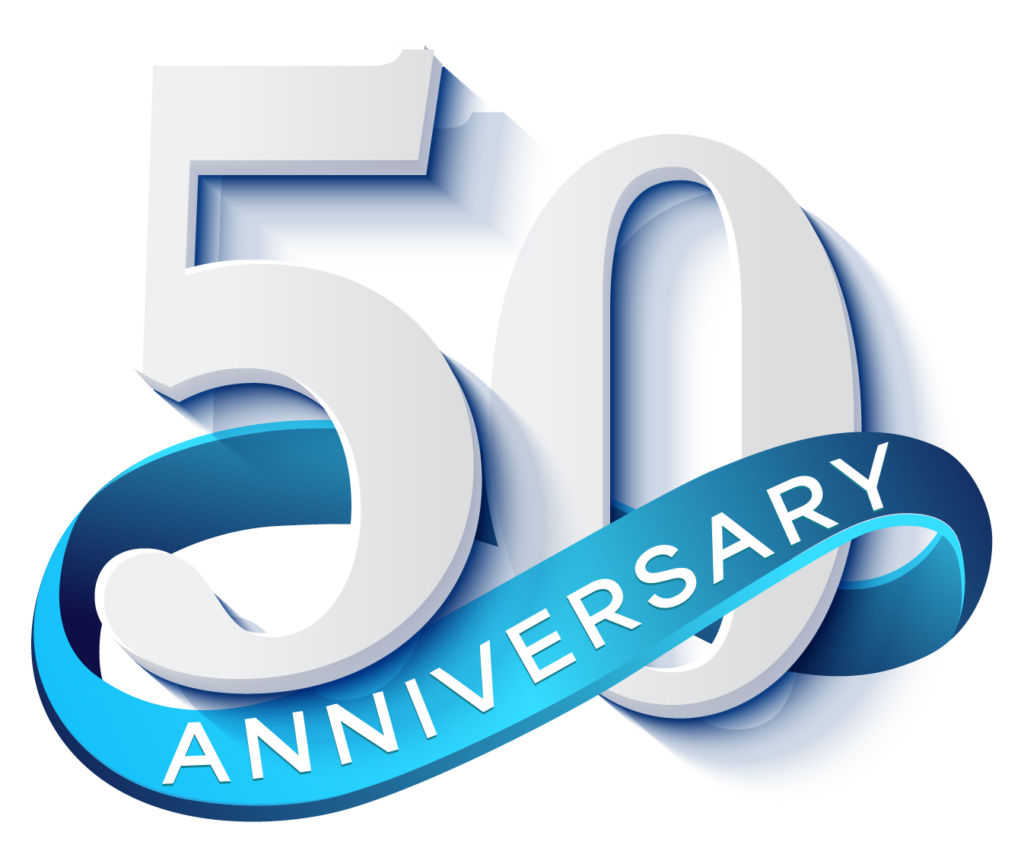Imagine a workplace where communication flows seamlessly, with team members confidently sharing ideas and constructive feedback. Leadership is transparent and approachable, setting clear expectations and fostering a culture of collaboration. Meetings are efficient, with everyone actively participating and aligned on goals. This is what effective workplace communication looks like – a thriving environment where trust and mutual respect are paramount, and productivity soars.
Contrast this with a workplace plagued by ineffective communication. Misinformation spreads quickly, projects stall due to unclear instructions, and frustration mounts as team members feel unheard. Leadership is seen as distant and unresponsive, leading to a breakdown in trust and morale. The overall atmosphere is tense, and productivity suffers as a result.
To transform a dysfunctional environment into one where good communication flourishes, current communication practices must be scrutinized and improved. Overcoming these challenges is crucial for creating a positive, high-performing workplace culture. In this blog post, we will discuss how to improve communication in the workplace, offering actionable strategies to enhance team dynamics and leadership effectiveness. By the end, you’ll understand how to improve communication in the workplace, resulting in a more cohesive, motivated, and productive team.

Understanding Communication Styles
Understanding the different communication styles is key to fostering an environment where clarity and cooperation are the norms. Here, we’ll explore both verbal and non-verbal communication, examining how various elements contribute to effective communication in the workplace.
Verbal Communication
Verbal communication stands on the foundation of spoken words, and it’s often the most common form of workplace communication skills.
1. Clear Articulation
Clarity in articulation is fundamental to preventing misunderstandings and ensuring that messages are received as intended. According to a study by the University of California, miscommunications cost companies an average of $62.4 million per year in lost productivity. Clear and concise language helps in delivering instructions and feedback effectively, enabling teams to stay on the same page and work towards common goals.
2. Tone and Pitch
The tone and pitch of one’s voice significantly impact how messages are perceived. Research done by David Grossman highlights that positive communication, marked by an appropriate tone and pitch, can increase employee engagement by up to 25%. A calm and steady tone often conveys confidence and reassurance, while variations in pitch can signify enthusiasm or concern, helping to emphasize the message’s intent.
Non-Verbal Communication
While verbal communication is undoubtedly essential, non-verbal cues are also crucial to fostering effective communication.
1. Body Language
Body language accounts for a substantial portion of communication, with studies from the Mehrabian Communication Model indicating that up to 55% of communication is non-verbal. This includes gestures, posture, and movements. Positive body language, such as maintaining an open posture and steady eye contact, fosters trust and openness. On the contrary, closed body language can create barriers and inhibit effective communication.
2. Facial Expressions
Facial expressions are a crucial aspect of non-verbal communication, conveying emotions and reactions instantaneously. According to research from the International Journal of Social Robotics, humans can interpret facial expressions with up to 90% accuracy, making this form of communication particularly potent. A genuine smile can boost morale and create a welcoming atmosphere, while expressions of frustration or anger can cause discomfort and stress within the team.
Active Listening Techniques
Active listening is a crucial component of effective communication, which ensures that all parties feel heard and understood. Embracing various techniques can significantly improve workplace interactions and build stronger team relationships.
Empathetic Listening
Empathetic listening involves putting oneself in the speaker’s shoes, truly understanding their perspective and emotions. According to research from the Center for Creative Leadership, empathetic leaders are viewed as better performers by their bosses, get higher ratings from their direct reports, and are more likely to be promoted. To practice empathetic listening, one must be fully present, largely refraining from judgment and showing genuine interest in the speaker’s message. Studies by the Harvard Business Review indicate that employees who feel their managers listen with empathy are five times more likely to be happy at work, thus significantly boosting overall workplace satisfaction and reducing turnover rates.
Reflective Listening
Reflective listening, by contrast, involves actively summarizing or paraphrasing what the speaker has said, ensuring that their message is properly understood. A study titled Communication in Organizations, by Dalmar Fisher found that reflective listening can enhance understanding and reduce conflicts, leading to more productive workplace interactions. By echoing the speaker’s statements in one’s own words, it demonstrates attentiveness and encourages further dialogue. This technique not only helps clarify the message, but also validates the speaker’s feelings and opinions, fostering a cooperative and respectful work environment.
Leveraging Technology for Communication
In today’s fast-paced, digital workplace, leveraging technology is paramount to understanding how to improve communication in the workplace and team collaboration. By integrating advanced tools and adhering to contemporary communication etiquette, teams can operate more cohesively and productively.
Collaboration Tools
Team collaboration tools have revolutionized the way teams communicate and work together. According to a report by McKinsey, companies that use social technologies to improve communication see a 20 to 25% increase in productivity. Platforms like Slack, Microsoft Teams, and Trello offer centralized and different communication channels, project management features, and real-time collaboration capabilities. These tools enable teams to streamline workflows, reduce email overload, and maintain clear and consistent communication, even across different time zones.
Email Etiquette
Proper email etiquette is essential in professional communication. Research from the Radicati Group indicates that the average office worker receives around 121 emails per day, making clarity and conciseness critical. Effective email etiquette involves using clear subject lines, being concise in the message, and using professional language. Additionally, ensuring timely responses and mindful CC and BCC usage promotes transparency and respect amongst team members. Implementing these practices not only improves communication quality but also enhances overall workplace productivity and morale by reducing the cognitive load associated with email management.
Leadership Communication Skills
Effective leadership communication is paramount in fostering a motivated and cohesive team. Mastering the art of inspirational communication and embodying leadership principles can significantly enhance a leader’s ability to drive success.
Inspirational Leadership Communication
Inspirational communication from leaders can transform workplace dynamics and elevate employee engagement. According to a study by Gallup, teams with high employee engagement achieve greater profitability. Leaders who communicate a compelling and clear vision provide a sense of purpose that drives employees’ intrinsic motivation. Additionally, a leader who shares stories of success and recognizes team achievements fosters a culture of appreciation and resilience. This approach not only boosts morale but also enhances overall productivity and innovation within the team.
Leading by Example
Leaders who embody the values they preach set a powerful standard for their teams. Commitment to transparency, accountability, and ethical practices establishes trust and respect, foundational elements for any successful team. A study published in the Journal of Leadership & Organizational Studies found that employees under such leaders are 33% more likely to stay with their organization long-term. By consistently demonstrating diligence, empathy, and integrity, leaders inspire their teams to follow suit, thereby cultivating a thriving and productive work environment.
Personalysis Leadership Development Coaching
Our Personalysis Leadership Development Coaching is designed to help you lead your team to success with a proven framework. Whether you are new to your organization, managing a new team, or seeking to elevate your leadership capabilities, our coaching provides deep self-awareness, the capacity to understand and influence others, and the ability to develop and maintain healthy relationships. For over 50 years, we’ve partnered with leaders to achieve organizational success using a scientifically-supported personality assessment and creating unique Personalysis Profiles for you and your team.
See how our original personality assessment and leadership development coaching can empower you to unlock your full potential, inspire those around you, and make a lasting impact in your organization.
Learn More About Personalysis Leadership Development Coaching Today!
Establishing Clear Communication Channels
In fostering a thriving work environment, establishing clear communication channels cannot be overstated. Effective communication infrastructure ensures information flows seamlessly, preventing misunderstandings and promoting efficiency throughout the organization.
Hierarchical Communication
Hierarchical communication refers to the structured flow of information between different levels of an organization’s hierarchy. It is essential for ensuring that directives, feedback, and data are efficiently communicated from top management to subordinate levels and vice versa. According to a study by the International Journal of Social Science and Humanity, companies with well-defined hierarchical communication practices experience a significant improvement in operational efficiency. This is because clear vertical communication helps align organizational goals, boosts employee morale, and fosters accountability. Weekly team meetings, performance reviews, and structured reporting systems are tools that can optimize hierarchical communication.
Cross-Departmental Communication
Cross-departmental communication, on the other hand, focuses on the interaction between different departments within an organization. This form of communication is crucial for fostering collaboration, innovation, and synergy across diverse functional units. These interactions break down silos, allowing for the free exchange of ideas and expertise, which is essential for complex problem-solving and strategic initiatives. A good communication tool such as cross-functional teams, interdepartmental meetings, and collaborative platforms drive these improvements by ensuring that key stakeholders from various departments can efficiently share their insights and leadership and employee feedback, leading to more cohesive and agile organizational performance.
Conflict Resolution through Communication
Effective conflict resolution is crucial for maintaining a collaborative and productive work environment. Utilizing strategic communication techniques can transform potentially detrimental disputes into opportunities for growth and understanding.
Identifying Conflict Triggers
Understanding the root causes of conflicts is the first step in effective conflict resolution. Conflict triggers in the workplace can range from resource competition and role ambiguity to personality clashes and communication breakdowns. A study by CPP Global found that 49% of workplace conflicts are related to personality differences and 34% stem from poor communication methods. Identifying these triggers early can help organizations implement proactive measures to mitigate disputes before they escalate. This can be achieved through regular training, anonymous surveys, open-door policies and, of course, personality tests for team-building that encourage employees to voice their concerns and understand each other.
Constructive Communication in Conflicts
Employing constructive communication strategies is essential for resolving conflicts effectively. Constructive communication involves actively listening to all parties involved, expressing thoughts and feelings clearly and respectfully, and focusing on finding mutually beneficial solutions. Organizations that train employees in conflict management techniques tend to experience a reduction in workplace conflicts. Additionally, fostering a culture of open communication and continuous feedback can prevent misunderstandings and build stronger interpersonal relationships among team members.
Cultural Sensitivity in Communication
Communication in today’s diverse workplace requires a keen awareness of cultural differences and the active promotion of inclusivity. Understanding and addressing cultural nuances can lead to more effective interactions and a more harmonious work environment.
Recognizing Cultural Differences
Recognizing cultural differences is crucial for effective communication in a globalized workforce. Understanding cultural differences involves acknowledging variations in communication styles, values, and workplace behaviors. For instance, while direct communication might be valued in Western cultures, indirect methods may be more appreciated in Asian cultures. Implementing cultural competency training can help employees better understand and navigate these differences, fostering an environment of respect and cooperation.
Building an Inclusive Communication Environment
Building an inclusive communication environment is essential for harnessing the full potential of a diverse workforce. An inclusive environment ensures that all employees feel valued and heard, regardless of their cultural or linguistic background. A report from Deloitte noted that organizations with inclusive cultures are more to meet or exceed financial targets. This is because inclusivity facilitates better decision-making processes by incorporating a wider range of perspectives. Strategies to build such an environment include using clear and simple language, providing translation and interpretation services, and creating platforms for all voices to be heard.
How to Improve Communication in the Workplace: Final Thoughts
Improving communication within an organization is an ongoing process that necessitates a strategic approach to both hierarchical and cross-departmental interactions. Conflict resolution and cultural sensitivity are paramount to fostering a collaborative and inclusive work environment. By addressing these key areas, organizations can enhance overall efficiency, employee satisfaction, and innovative capabilities.
“The art of communication is the language of leadership.”
To learn more about how to elevate your organization’s leadership and communication skills, explore Personalysis Leadership Development Coaching today. Embrace the tools and techniques that will drive your team to new heights.
Learn More About Personalysis Leadership Development Coaching Today!




